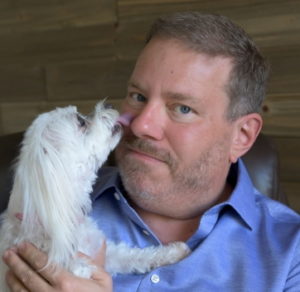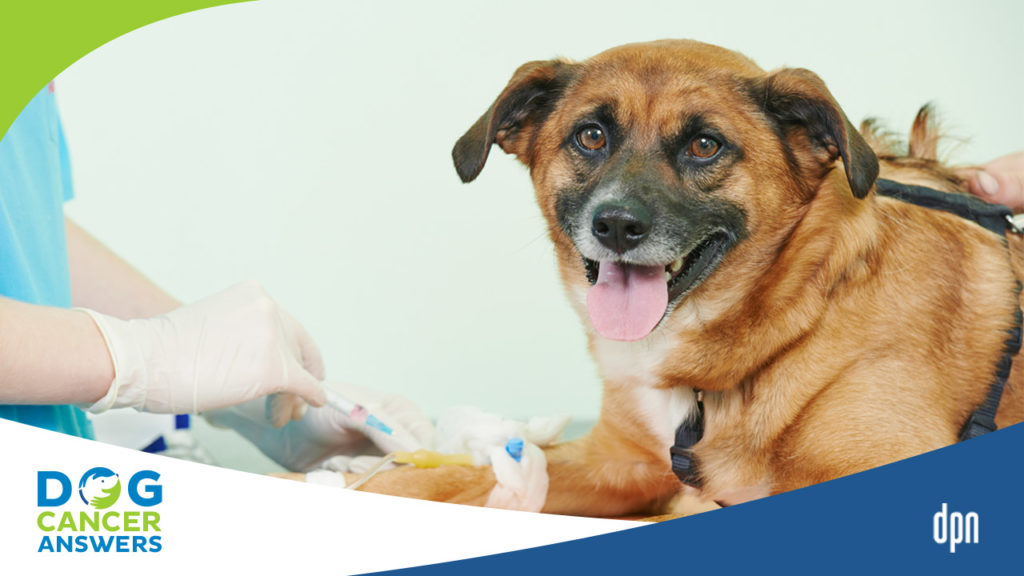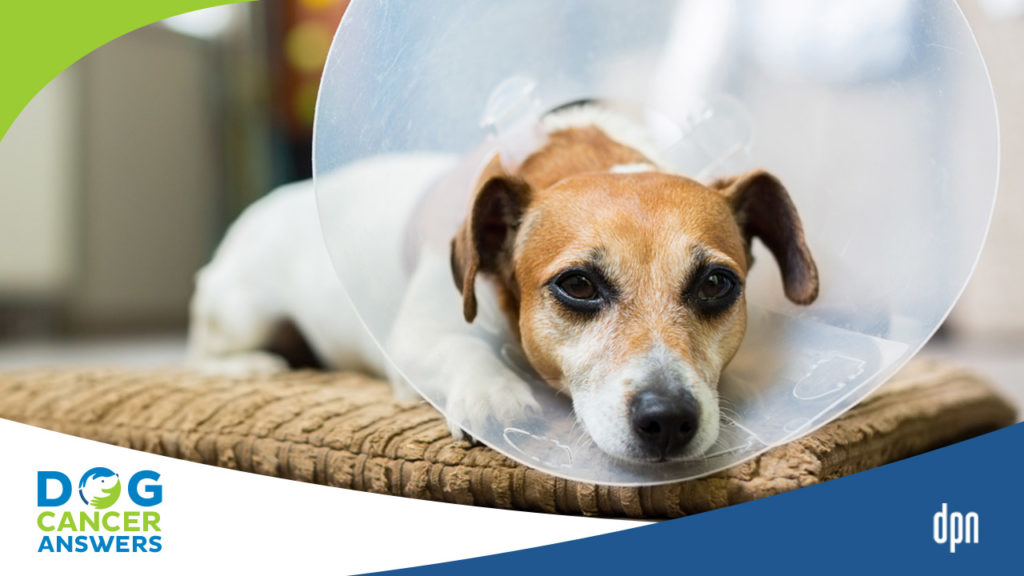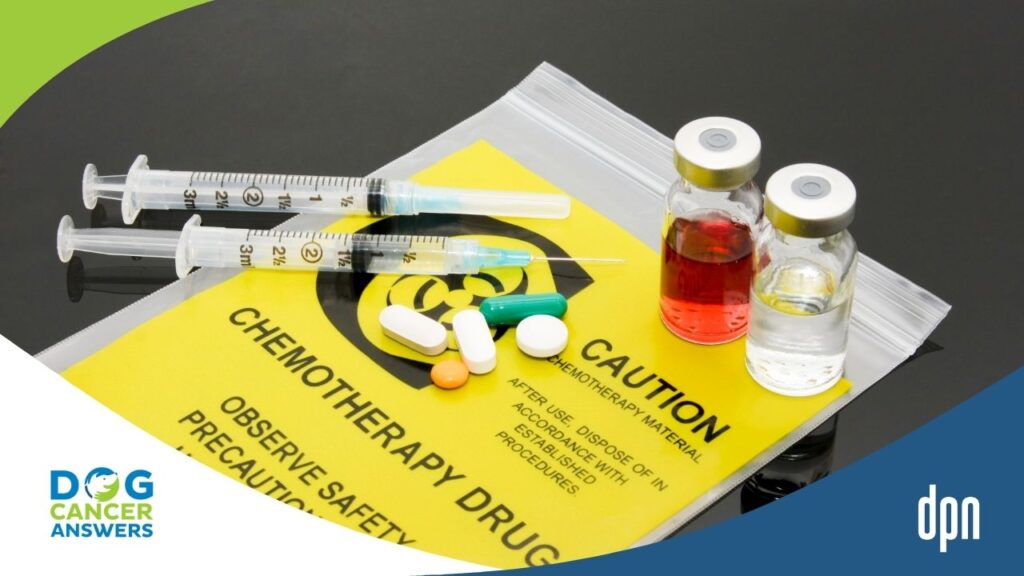James Jacobson: When is surgery a good option if your dog has been diagnosed with cancer? When it is time to have a surgical procedure? I’m gonna throw it out to you, Dr. Dressler in Hawaii.
Dr. Demian Dressler: Well, one of the most basic ways of dealing with cancer is removal of cancer cells. Therefore, whenever we can remove cancer cells, it’s a good idea. Now, how do you go about removing cancer cells? There’s a lot of different ways of dealing with cancer cells. Surgery is a way to get cancer cells out of the body. The best time to use surgery is when we can get the cancer cells and remove them entirely from the dog’s body completely. In an ideal scenario if we can accomplish that we have just achieved a cure and that’s the best case scenario. So, when we’re sure that we can remove the cancer cells it makes a lot of sense to do so. The problem though is that the situation gets much more complicated than just that when we’re dealing with dog cancer because when we’re talking about malignancies and these are cells that, these are cancer cells that tends to spread, sometimes spreading to the extent that we don’t know where they are, where if they’ve spread, but we just think that they spread because we know that those cancer spread, then it becomes tricky. In those cases, it makes a lot of sense to do surgery when there’s a real benefit to the dog. Many times we call this a palliative surgery, meaning we’re just trying to make things better, or a debulking surgery which means that we want to sort of take a tumor or take a growth away so that we can get relief of pain, or that we can improve life quality because we can say, move around or as before we couldn’t or we can now eat or as before we couldn’t or if it was bleeding or acting like a source of infection or discomfort then we can do a palliative type of surgery and improve our dog’s life quality, make our dog happier, feel better, but we kind of understand that in some of these cases where the palliative surgery, we may be having to look at the recurrence because we couldn’t get all the cells out and we’re gonna need to start, thinking of other ways to deal with those cancer cells.
James Jacobson: Dr. Ettinger, when do you recommend doing surgery?
Dr. Susan Ettinger: It’s a complicated question, but I think a really important one. I think that if a dog has a lump or bump, you know a mass on it an important first step is to have your Veterinarian aspirate it. An easy, non- invasive, non-surgical procedure where they’re just gonna extract a few cells and have them looked under a microscope. In general that’s gonna be able to tell you whether if it’s benign mass or malignant mass. A benign mass is easier cause the surgery doesn’t have to be as big but if you have a malignant mass, a mast cell tumor, soft tissues sarcoma. In addition to just removing the visible mass, you need to remove two or you need to have your surgeon or Veterinarian removed two to three centimeters around that tumor. So, really knowing what type of tumor you’re dealing with before that first surgery is super important because your best chance for the tumor to be removed is on that first surgery. If that is not a complete surgery, meaning someone looks at the cells under the microscope and they see cancer cells at the cut edge, your dog’s gonna need to go back in for a second surgery. So, we want to try to get everything out the first time and so I think really knowing what that lump or bump is before your dog gets anesthetize and that mass gets removed is super important and so whether they need an aspirate or even a small incisional biopsy whether just taking a little core of tissue which is really important because, again we want to make sure that we can try to remove the entire mass with one surgery if possible. Just one quick thing to add, if your dog needs a second surgery it doesn’t mean that that’s, it’s not, gonna definitely work on anything like that but again we definitely wanna try to make the first surgery as curative as possible, or as big as possible in knowing what your dog’s masses before it goes to surgery is very important for good outcome.
James Jacobson: Dr. Ettinger in New York, Dr. Dressler in Hawaii, thank you so much.
Dr. Demian Dressler: Thanks.
Dr. Susan Ettinger: Thanks.









